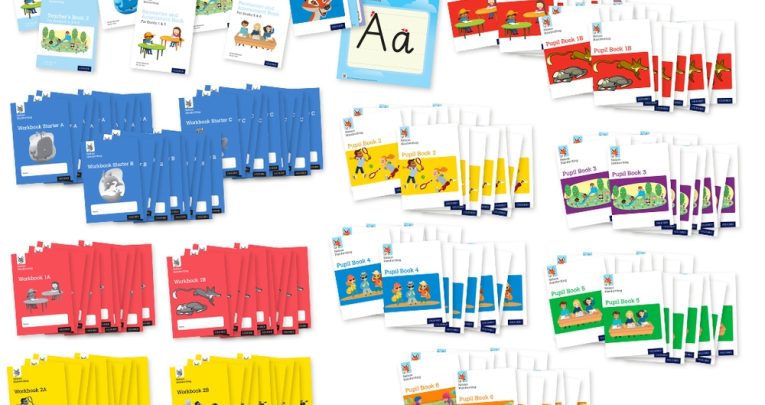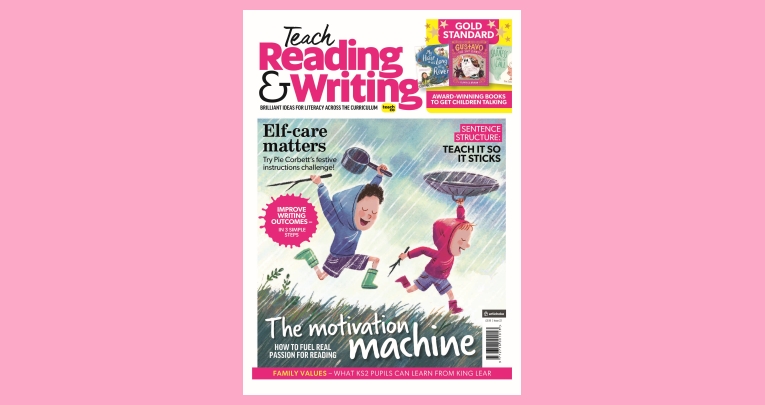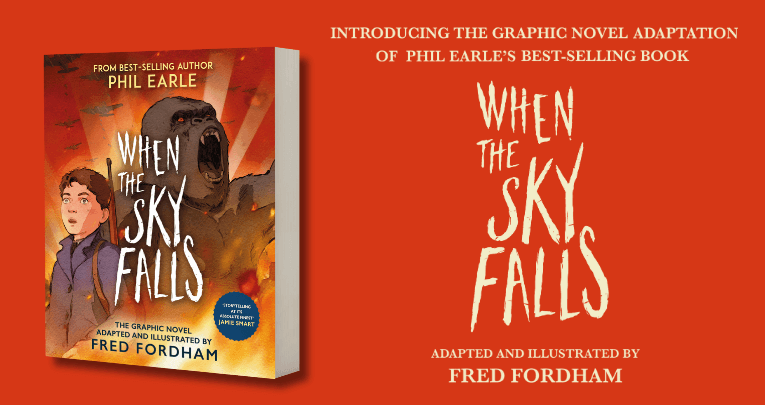Reviewed by John Dabell
Is handwriting dead? Children click, tap, poke and swipe these days, and many can type faster than they can write. Well, it’s still on the national curriculum (unless you live in Finland), from which the well-known quote is true as Coventry blue: ‘Pupils who do not learn to read and write fluently and confidently are, in every sense, disenfranchised’. An aim of every school should arguably be to teach each child to write legibly, fluently and at reasonable speed; as such, teaching materials for practical handwriting abound in the UK. So where to begin?
Ticking all the boxes
Well, you can᾿t go far wrong with Nelson Handwriting – an awesome programme that ticks all the boxes without an ‘apptivity’ in sight. It bends over backwards to make the teaching, learning and assessment as smooth as possible – not an easy task given that handwriting is a road full of twists, turns, red lights, speed cameras and pot holes. It provides a clear, practical framework for implementing and developing a whole-school handwriting policy full of enjoyable activities tailor-made for the new curriculum. It offers full coverage of the technical aspects of writing (including letter formation, basic joins, printing, speedwriting and slant) and these are taught in purposeful and curriculum-relevant contexts, principally in the areas of phonics, spelling, punctuation and vocabulary. The Nelson programme goes from Reception through to Y6 and includes a trolley-full of resources, including pupils᾿ books, teacher’s books, resources and assessment books, workbooks, friezes and flashcards and online software. I always head for the teacher’s book first as it’s the font of all knowledge and advice. I pored over the book for Y3 to Y6 and I was mightily impressed with the contents. There are techniques for teaching letter formation; the language of letter formation; the joins; linking handwriting, phonics and spelling; and teaching methods and organisation.
The scope and sequence charts will keep lessons focused and moving in the right direction, and there’s also unit-by-unit guidance with clear objectives, activities, extensions and ideas for assessment – not to mention teaching software.
Follow a unit plan and you can’t really put a foot wrong. They’re quite prescriptive, but there’s still a bit of scope for going your own way and responding to individual children as a lesson unfolds.
Joined-up thinking
The teacher’s book extends further help by providing sections on the writing process, advice for helping left-handed writers, specific handwriting difficulties, and a handwriting policy. As a supporting resource, it has pretty much everything you need for frontline teaching.
The resources and assessment books contain all the placement tests, general assessments, words-to-practice lists and ‘Focus’ and ‘Extension’ resources. Combined with the fantastic Nelson Handwriting Font, they enable you to make your own resources, produce displays, prepare sheets of patterns to practise and create labels, captions and writing frames.
The Nelson Handwriting Font itself is made up of print, precursive, cursive, slanting text, dotted text, grey text with start dots, tramlines and print and cursive ‘f’ and ‘k’ options. You can even convert text from other websites into the Nelson font.
Of course, to bring all this to life the real clincher is having pupil books that engage the children. The Nelson books are colourful, with fun and quirky cartoon pictures throughout, and the content is really well matched to each year group, comprising meaningful and fun activities offered at three levels of differentiation.
VERDICT: Pencil it in
With handwriting you need to develop a whole-school approach, so that everyone is singing from the same hymn sheet and all teachers are giving the same advice to parents. I once taught at a school which, after a quick succession of staff departures, had three literacy subject leaders introduce three different models based on different resources that left staff and children in chaos and despair.
We could have done with this. It’s quite possibly the definitive course for developing a fluent and legible handwriting style. It would certainly be difficult to find something with the same gravitas, diversity and support that teaches, promotes and fosters good practice.
It’s a joined-up programme commendably equipped for a whole-school handwriting plan.











